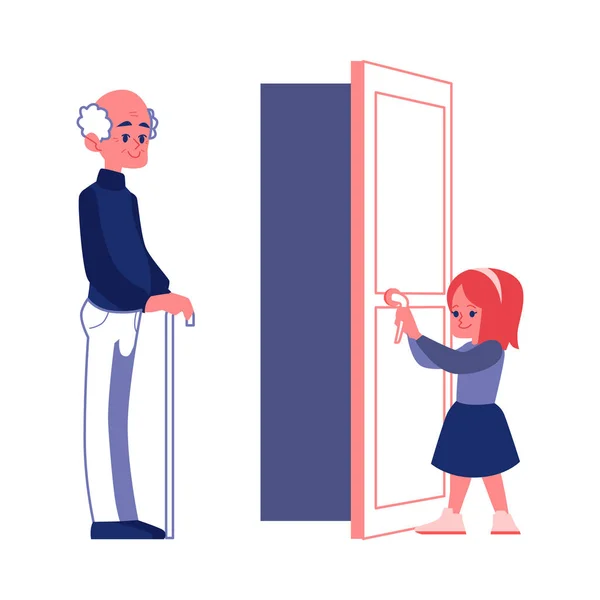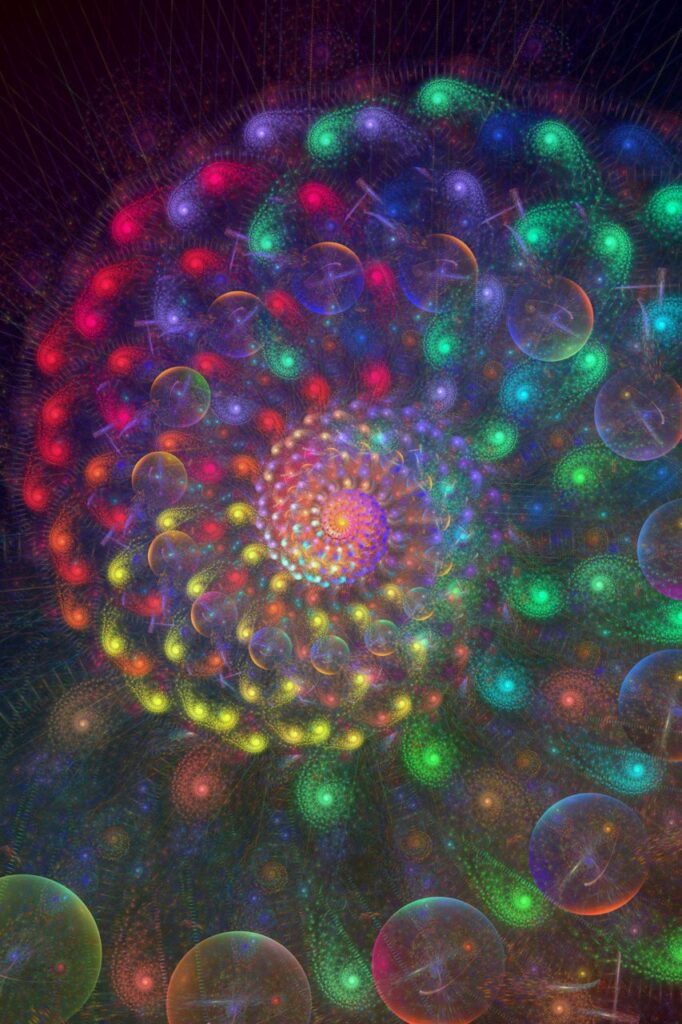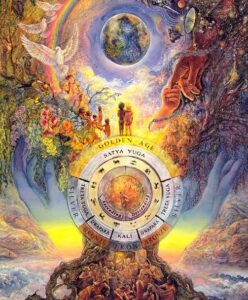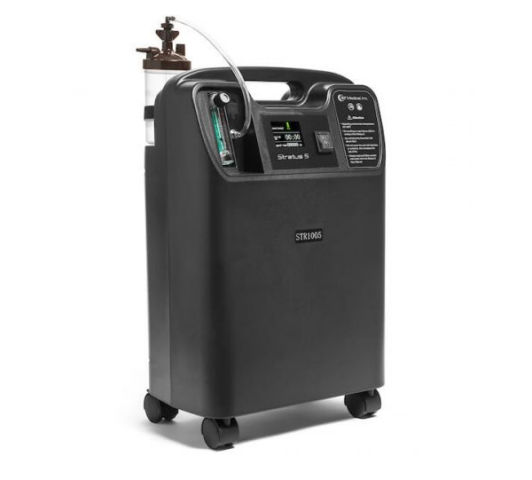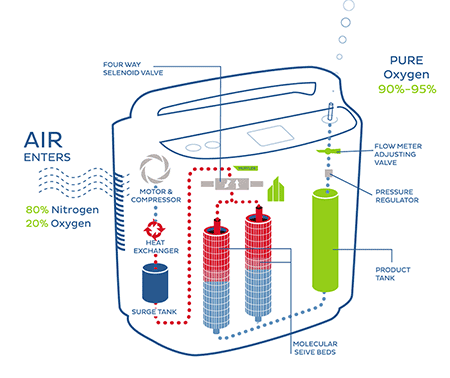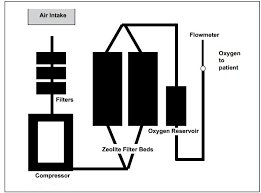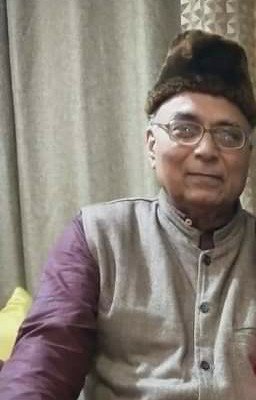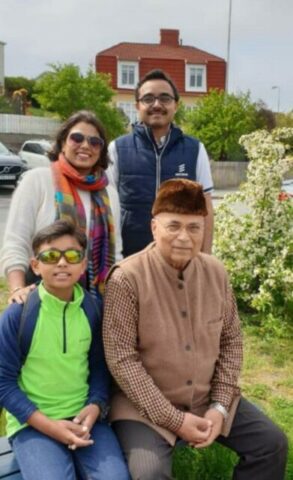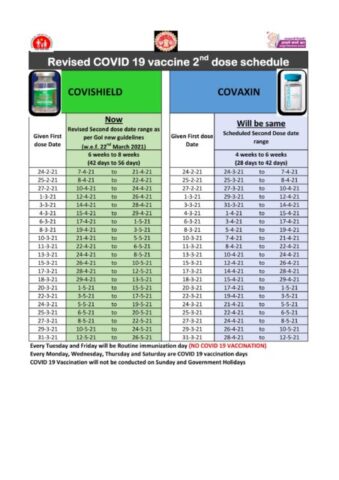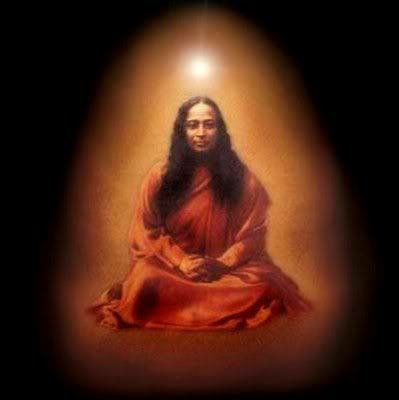Beacons of Spiritual Light
by Sunil Sarpal

BHAI AND BHAV
This is a very sensitive subject.
‘BHAI’ (dar) stands for ‘fear’ from God and ‘BHAV’ (bhavna) stands for Love for God. Since God is all-pervading, one should always do his deeds keeping in mind ‘Will this act of mine be acceptable to God or is it just a waste’ ? How I conduct myself, my life, perspective, and vision. Is this what God expects of me? Am I intentionally hurting some body? But why, what for, just to satiate my ego. Is my ego more important than what God expects of me.
‘BHAV’ stands for love for God. If we remain ‘selfish’ and evade from conducting menial jobs, then how can we please God.
What if I wash utensils at home? I was responsible for making them dirty so it becomes my duty to clean them. What do I lose in the bargain?
‘SEVA’ conducting in any form, pleases God. God has bestowed on us with a healthy body and heart to fulfill any kind of seva with a smile.
If our body is not in sync with seva, it is of what use. We should always make best use of what God has bestowed on us.
We always look skywards when in trouble. Generally, HE does not disappoint us. It is our own karmas which become ‘harbinger’ in our struggle to succeed in life.
In nut-shell, we should always be good son or daughter of God so that HE should not feel disappointed with our act of omission and commission.
Maya in Kalyug
The society in which we live in and boast off in fact is not worth living. God created this creation unmindful of the fact that this creation will one day become full of filth. There is huge disparity amongst people, their way of thinking, life, priorities etc.
Firstly, do we remember God, the creator because of whom we exist. Even if some worship him, it is because of some sort of reason only. We consider the relationship with God as a ‘barter deal’. In barter deal, the business revolves around ‘give and take’ in proportion.
We are never satisfied with what we have. We always yearn for what we do not have, unmindful of the fact that whatever we get is what we deserve according to our destiny.
Satguru always emphasizes ‘Live in the will of God’. Do not ask for more and HE shall take care of your needs.
When God gave us human form, HE was under the impression that as human beings we will try and realise God in lifetime. Generally, it does not happen. Man started exploring happiness in maya and became forgetful of God and his realization. Maya is so intoxicated that people automatically get swayed towards it.
Destiny plays a very important role in human life. It is a well- known fact that it is because of destiny a human being becomes a king or a bagger.
Param Sant Kabir Sahib says :-
“Maya Mari Na Mun Mara, Mar Mar Gaye Sharir
Asha Trishna Na Mari, Keh Gaye Das Kabir”.
It means “Neither ‘maya’ dies nor ‘mun’, only the body dies
Expectations and desires never dies. This is what Kabir Sahib has to say in his message.
Poor man does not realise the fact that one day he has to leave this mortal body. Then why crave for maya and why not Ram. Because he will have to reap the harvest of what he has sown.
Only those who have worshipped ‘Ram Naam’ will merge back in God. Other non-worshippers will have to come back to this creation yet again and who knows in what yoni. The human form is very rarely achieved after completing the cycle of 84 lacs yonies.
That is why lot of emphasis is laid to attending to satsang. Schooling in satsang is so very important that it teaches the importance of maya and God realization.
Guru Nanak Sahib’s Message
We are spiritual being under-going human experience. This message is given during satsang by satguru.
Today, what human being has turned out to be and being led to. There is no point raising a finger towards others. First and foremost, we should conduct our own introspection. Do we act and behave like human beings. What weakness we carry along and do we find ways and means to correct them or we consider them as an integral part of our lives. Our lives should be led on the teachings of Guru Nanak Sahib i.e.
Kirat Karo
Wand Chako
Bhajan Karo
Kirat Karo : means to do work. Guru Nanak Sahib emphasizes the importance that each and everybody should earn his own livelihood. In doing so, one has to live in the will of God. Do everything as if you are doing it for God. There should not be any hanky-panky in conducting work.
Wand Chako : to distribute your earnings with those who ‘have not’. Consider every achievement as God’s parshad.
Bhajan Karo : to lead a life in remembrance of God. Attending to satsang, sewa, simran and dhyan should be accorded due priority in life.
Do we fall in line with the above or always falter in life. Human beings are slave to sense pleasure. Till the time, our wishes are full-filled, we lead our lives accordingly and in order to do that, we make lot of compromises.
In kalyug, there is hardly any mercy for others in the heart. Dogs are more faithful then human being that is why mostly people keep dogs in their homes.
Man, in order to meet his desires, cheat other human beings. This has become a norm. This has become a habit of human being.

